
Microwave photonics (MWP) has unlocked a new paradigm for Radio Frequency (RF) signal processing using photonic components’ inherent wideband and adjustable nature. Despite numerous efforts to implement integrated MWP filters, a key RF processing functionality, achieving a fully integrated photonic circuit that can merge the megahertz-level spectral resolution required for RF applications with key electro-optic [..]
Read More
A research team made an unparalleled advancement in antenna technology by allowing software control of all five fundamental properties of electromagnetic waves. In a world first, the researchers created a universal metasurface antenna that allows for independent and simultaneous modulation of electromagnetic radiation’s amplitude, phase, frequency, polarization, and direction. As research on 6G wireless communication [..]
Read More
Researchers have created a novel way for capturing detailed images of things too small to observe with regular microscopes by employing donut laser, i.e., doughnut-shaped light beams. It could aid scientists in better understanding the inner workings of nanoelectronics, such as small semiconductors in computer chips. The study is the most recent advancement in ptychography, [..]
Read More
Lasers are becoming more sophisticated and are being used in an increasing number of medicinal applications. One of the most difficult aspects of employing lasers in surgery is assuring their safety and precision. A team of researchers has created a new device that combines three lasers to cut bone, adjust the cutting depth, and differentiate [..]
Read More
CoreDetector is a new software tool developed by researchers that improves genome-sequencing capabilities, allowing researchers to improve plants through breeding. CoreDetector is built to tackle computationally demanding tasks like matching big and evolutionary varied plant genomes. It uses computer parallelization to perform pairwise sequence alignment between the genomes of population members. The program supports diploid [..]
Read More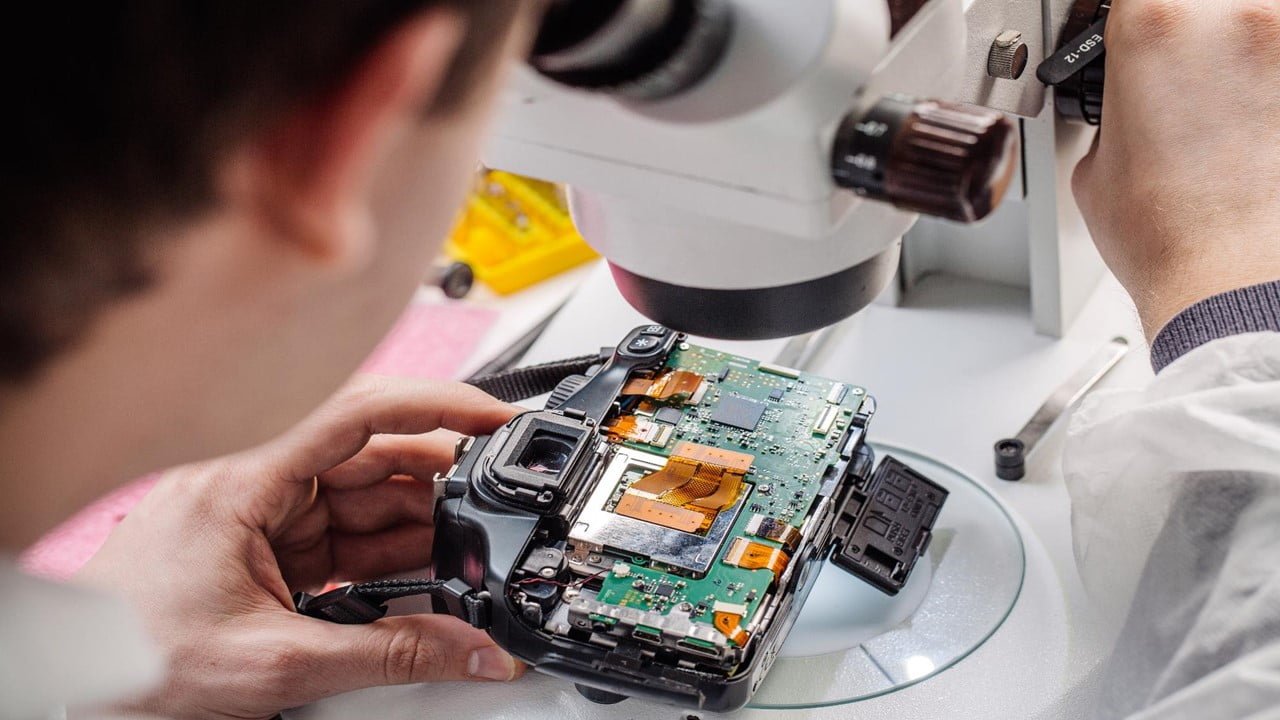
Optoelectronics, which detect or emit light, traditionally rely on thin transistors from graphene and other two-dimensional materials. However, these materials often struggle with band gap opening, leading researchers to explore the Lewis acid treatment method to improve the performance of optoelectronic devices. With its unique physical properties and long-term stability in ambient air, Palladium diselenide [..]
Read More
Subvisible particles (SVPs) are a significant quality attribute of injectable therapeutic proteins (TPs) that must be regulated due to potential medication product quality hazards. The existing compendial methods for analyzing SVPs for lot release give particle size and count information. On the other hand, chemical identification of specific particles is necessary for root-cause analysis. Researchers [..]
Read More
Imaging techniques like computed tomography (CT) and positron emission tomography (PET) are now required for identifying and localizing many disorders. According to a newly developed method, PET can now be utilized particularly based on alterations in the human genome. The new genome-based imaging technology, The Imageable Genome, has the potential to aid in the earlier [..]
Read More
In laser-based manufacturing, a team of researchers has discovered a rapid way to track a surface’s precise location and adjust the focus of an optical system. They employed axial varifocal optics, specifically a TAG lens, which operates at 0.1-1 MHz, avoiding mechanical motion delays in the beam propagation direction. The researchers used dynamic z-scanning for [..]
Read More
Researchers have developed a new transmitter using complementary metal-oxide-semiconductor, i.e., CMOS chip technology and silicon photonics, which achieved remarkable data transmission rates while consuming minimal energy. Integrating silicon photonics with electronics is essential for producing practical systems for numerous applications. The combination of the optical modulator and its electronic drive amplifier is a key electronic-photonic [..]
Read More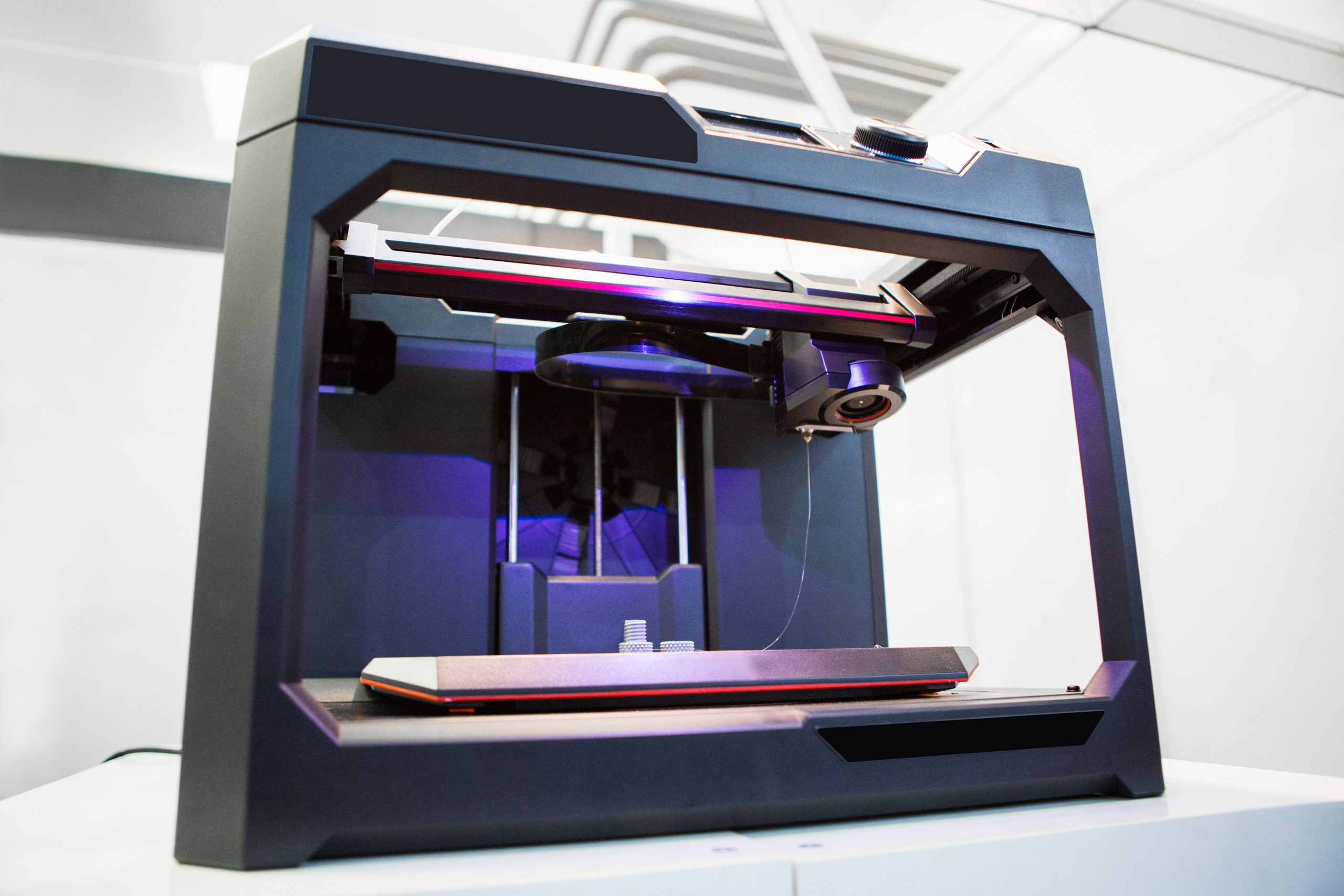
Metamaterials are artificial nanostructures that affect light and are expensive and difficult to fabricate. A research team created a solution-based 3D-printing method that allows for the low-cost manufacture of metamaterials in desired shapes. By coupling evaporative co-assembly of silica and gold nanoparticles with 3D nanoprinting, the researchers created freeform, freestanding raspberry-like metamolecule (RMM) fibers in [..]
Read More
Multiphoton excitation (MPE) microscopy has evolved significantly over the past 30 years, becoming a powerful imaging method in various life sciences. Modern techniques include fluorescence microscopy, Raman scattering, and harmonic generation. MPE is used in neuroscience, pharmaceutical development, and preclinical research. The ultrafast laser is the critical component underpinning all MPE microscopy methods. Ultrafast laser [..]
Read More
AI machine vision is a technology that enables machines to analyze and comprehend visual data like humans do. It can do tasks including item detection, scene analysis, and autonomous navigation, revolutionizing industries that humans previously dominated. Manufacturing is one of the industries where artificial intelligence machine vision has had a significant impact, with a wide [..]
Read More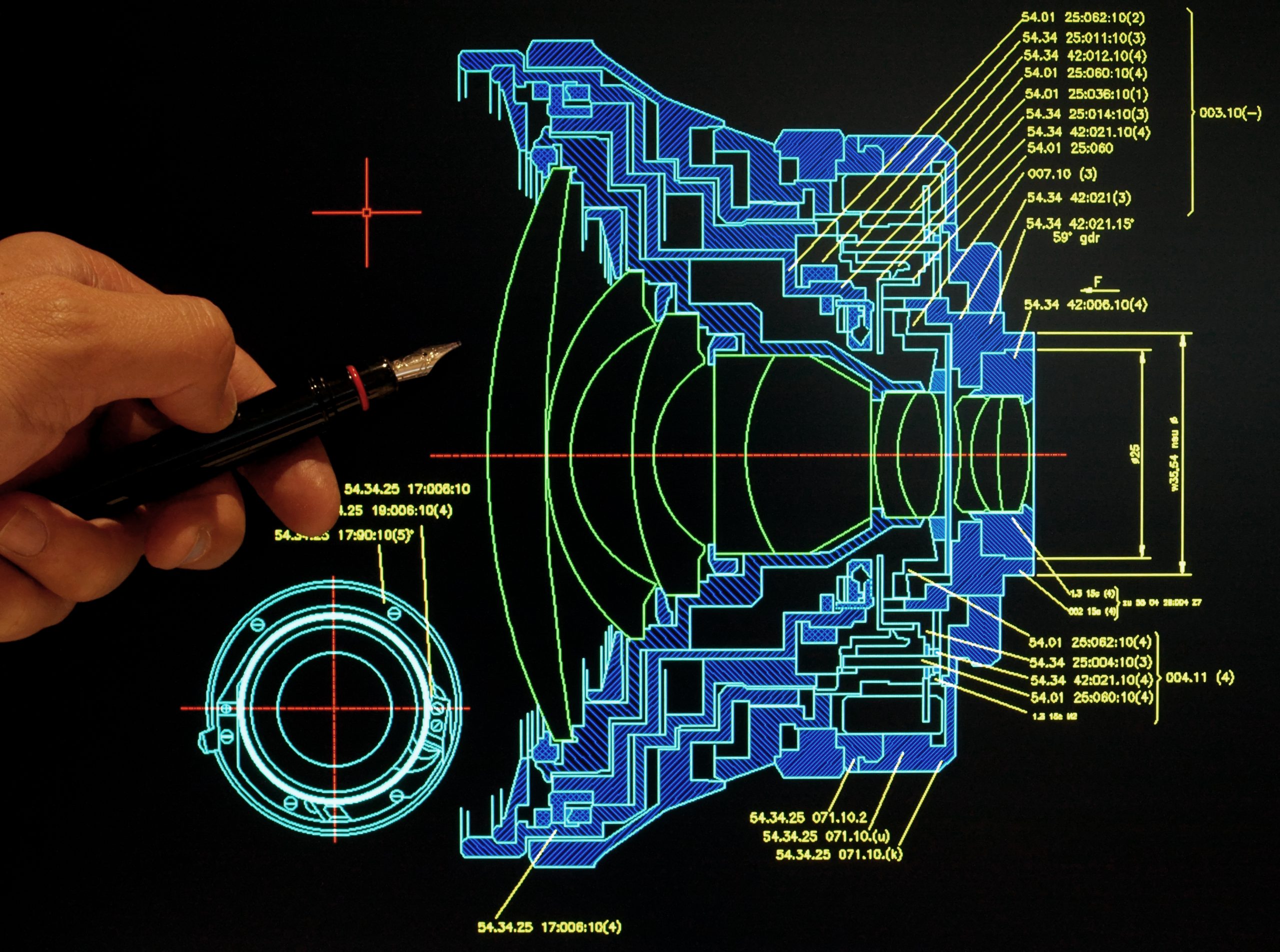
The pursuit of making everything smaller has led to significant progress in various fields, including micro-optics. Two-photon polymerization (TPP) 3D printing is an important manufacturing technique that enables these advancements. However, errors in the nanometer range can have significant consequences, making it essential to understand and compensate for systematic errors in the printing process. These [..]
Read More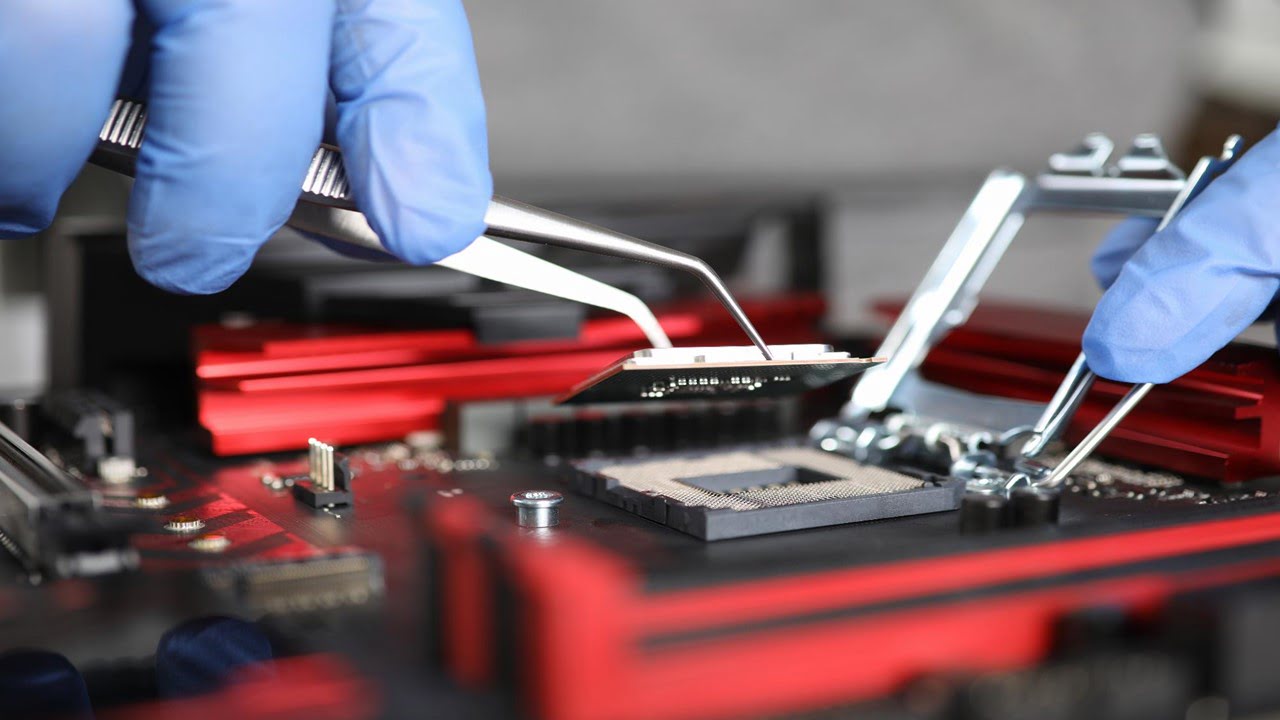
Researchers have revealed groundbreaking research that can potentially alter the field of two-dimensional optoelectronics. Researchers have successfully demonstrated in a groundbreaking study that chicken egg white, i.e., biodegradable albumen, can be a very effective dielectric gate for two-dimensional materials. This breakthrough opens new avenues for sustainable and biodegradable technology in optoelectronic devices. This novel technique [..]
Read More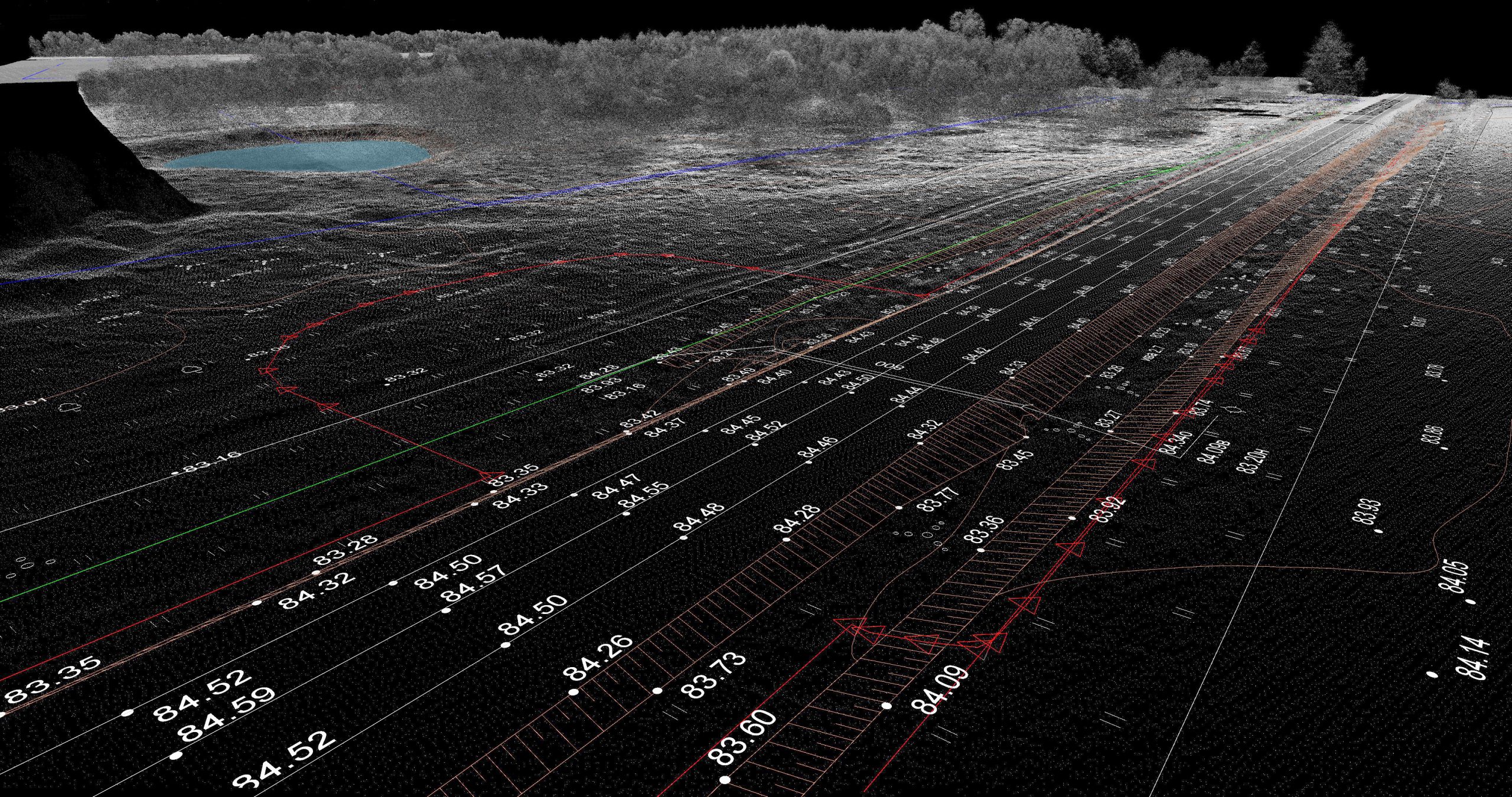
Researchers are enhancing lidar tech for increased versatility, which benefits scientists and explorers in remote sensing, surveying, mapping, 3D-image scanning, hazard detection, and navigation. Lidar, a remote sensing device, employs light pulses to detect distances and object attributes precisely. With continuous investigations, its precision and versatility make it critical for communication, navigation, planetary exploration, and [..]
Read More
Researchers have developed a quantum sensing method using a nitrogen-vacancy (NV) center in single nanodiamond sensors, enabling the identification and evaluation of molecules in physiological in situ settings, a crucial goal in biological sciences. This method offers high sensitivity and biocompatibility. However, analyzing the movement of nanodiamonds in real cells reveals that they rotate at [..]
Read More
Modern computer models, such as those used in complicated, powerful AI applications, test the limits of classical digital computer operations. New computing architectures that mimic the operating principles of biological neural networks promise quicker, more energy-efficient data processing. A group of researchers has created an event-based architecture that uses photonic processors to transfer and analyze [..]
Read More
In medical diagnostics, artificial intelligence (AI) is already widely employed. In a realistic clinical environment, a research team studied how it benefits the diagnosis and management of pigmented skin lesions. The team evaluated the accuracy of two separate algorithms in smartphone applications in diagnosis and therapy suggestions to that of doctors in a study. The [..]
Read More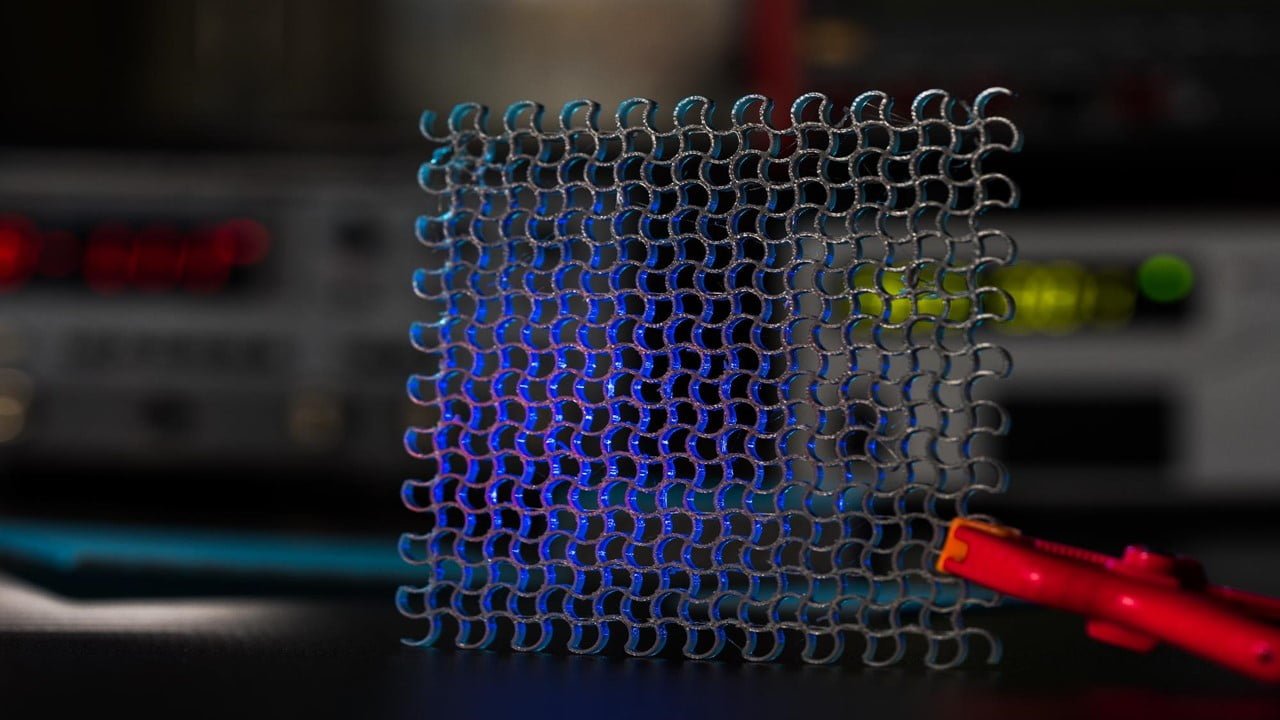
Low-frequency noise, ubiquitous in cities, roadways, and airports, can cause earaches, respiratory impairment, and irritation. Pingpong balls, typically hollow plastic balls, can assist in absorbing this noise, which is difficult to prevent due to its diverse sources and shapes. The researchers describe an acoustic metasurface that uses pingpong balls as Helmholtz resonators to provide low-frequency [..]
Read More